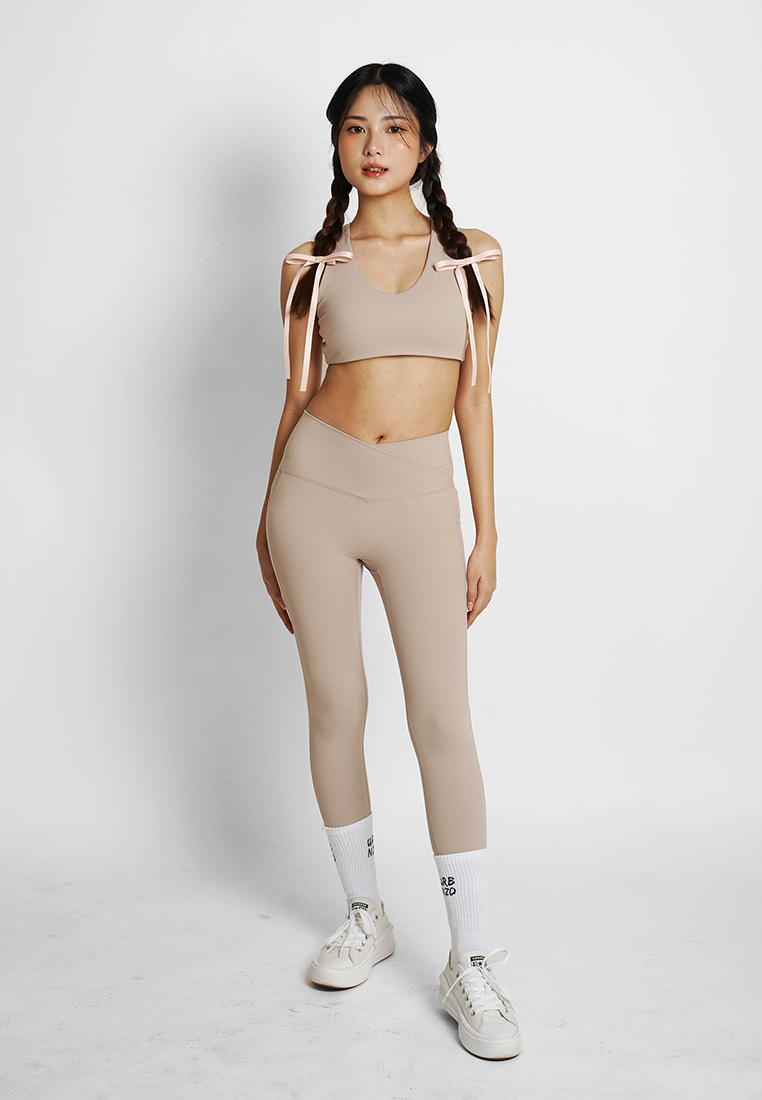When it comes to choosing the right fabric for gym wear, two materials often come to the forefront: nylon and polyester. Both fabrics have their unique properties, advantages, and disadvantages, making the decision a nuanced one. In this article, we will delve into the characteristics of nylon and polyester, their performance in athletic settings, and ultimately, which fabric may be better suited for your gym needs.
Understanding the Basics: Nylon and Polyester
Nylon is a synthetic polymer, first introduced in the 1930s. Known for its strength and elasticity, nylon is often used in a variety of applications, from clothing to industrial products. It is lightweight, durable, and has a natural resistance to abrasion, making it a popular choice for activewear.
Polyester, on the other hand, is another synthetic fabric that has gained immense popularity in the textile industry. It is derived from petroleum and is known for its moisture-wicking properties, durability, and resistance to shrinking and stretching. Polyester is often blended with other fibers to enhance its performance characteristics.
Performance in the Gym: A Comparative Analysis
- Moisture Management
One of the most critical factors to consider when selecting gym wear is moisture management. During intense workouts, the body generates sweat, and the fabric's ability to wick moisture away from the skin can significantly impact comfort and performance.
- Nylon: While nylon does have some moisture-wicking properties, it tends to absorb moisture rather than repel it. This can lead to a heavier, damp feeling during workouts, which may be uncomfortable for some users.
- Polyester: Polyester excels in moisture management. Its hydrophobic nature allows it to wick sweat away from the skin and dry quickly. This feature makes polyester a preferred choice for high-intensity workouts, where staying dry is essential for comfort and performance.
- Breathability
Breathability is another crucial aspect of gym wear. Fabrics that allow air circulation help regulate body temperature, making workouts more comfortable.
- Nylon: Nylon is generally less breathable than polyester. While it can provide some ventilation, it may not be sufficient for high-energy activities where heat buildup is a concern.
- Polyester: Polyester offers superior breathability, allowing for better air circulation. This characteristic helps keep the body cool during workouts, making it an ideal choice for those who engage in prolonged physical activity.
- Durability and Longevity
Durability is a significant factor when investing in gym wear. The fabric should withstand the rigors of frequent use and washing.
- Nylon: Known for its strength, nylon is highly durable and resistant to wear and tear. It can withstand rigorous workouts and is less likely to develop holes or tears compared to other fabrics.
- Polyester: Polyester is also durable, but it may not be as resilient as nylon in extreme conditions. However, it is resistant to fading and retains its shape well, even after multiple washes.
- Comfort and Fit
The comfort of gym wear can greatly influence performance. Fabrics that stretch and move with the body can enhance the workout experience.
- Nylon: Nylon has excellent elasticity, allowing for a comfortable fit that moves with the body. This feature makes it suitable for activities that require a full range of motion, such as yoga or pilates.
- Polyester: While polyester is also stretchy, it may not provide the same level of comfort as nylon in terms of fit. However, many polyester blends incorporate spandex or elastane, which can enhance stretchability and comfort.
Environmental Considerations
As sustainability becomes a growing concern in the fashion industry, the environmental impact of fabric choices is worth considering.
- Nylon: The production of nylon is energy-intensive and involves harmful chemicals. However, recycled nylon options are becoming more available, offering a more sustainable alternative.
- Polyester: Polyester is also derived from petroleum, but recycled polyester (rPET) is gaining traction as a more eco-friendly option. Choosing gym wear made from rPET can help reduce plastic waste.
Conclusion: Which is Better for Gym Wear?
Ultimately, the choice between nylon and polyester for gym wear depends on individual preferences and workout needs. If moisture management, breathability, and quick-drying capabilities are your top priorities, polyester may be the better option. On the other hand, if you value durability and elasticity, nylon could be the fabric for you.


